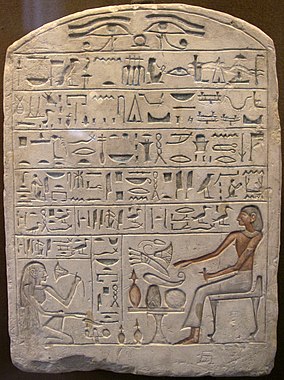Calligraphy, the art of beautiful writing, has been practiced for centuries across various cultures. This artistic form of writing emphasizes the aesthetic presentation of letters and symbols, combining skillful penmanship with artistic expression.
Historical Overview
- Origins: Ancient civilizations such as China, Egypt, and Rome
- Chinese Calligraphy: Developed around 2000 BC, using brush and inkInk, a liquid or paste used for writing, drawing, and printing, has played a crucial role in communication and artistic expression throughout history. Made from various pigments and dyes, ink allows for the transfer of text and images onto surfaces such as paper, fabric, and other materials. Types of Ink There are several types of ink, each serving different purposes More
- Islamic Calligraphy: Flourished in the 7th century, featuring intricate designs and patterns
- Western Calligraphy: Evolved during the Roman Empire, later influenced by medieval manuscripts
Each culture developed its unique styles and techniques, contributing to the rich history of calligraphy.

Tools and Materials
Calligraphers use specific tools and materials to create their art.
- Pens and BrushesBrushes are indispensable tools for artists, used to apply paint, create textures, and define details. With a wide range of shapes, sizes, and materials available, understanding the different types of brushes and their uses can significantly enhance an artist's work. Definition and Composition • Brush: An artist's tool made up of a handle, a ferrule (the metal part that connects More: Various types including dip pens, fountain pens, and traditional brushesBrushes are indispensable tools for artists, used to apply paint, create textures, and define details. With a wide range of shapes, sizes, and materials available, understanding the different types of brushes and their uses can significantly enhance an artist's work. Definition and Composition • Brush: An artist's tool made up of a handle, a ferrule (the metal part that connects More
- InkInk, a liquid or paste used for writing, drawing, and printing, has played a crucial role in communication and artistic expression throughout history. Made from various pigments and dyes, ink allows for the transfer of text and images onto surfaces such as paper, fabric, and other materials. Types of Ink There are several types of ink, each serving different purposes More: High-quality inkInk, a liquid or paste used for writing, drawing, and printing, has played a crucial role in communication and artistic expression throughout history. Made from various pigments and dyes, ink allows for the transfer of text and images onto surfaces such as paper, fabric, and other materials. Types of Ink There are several types of ink, each serving different purposes More for smooth and consistent lines
- Paper and Parchment: Smooth surfaces preferred for clean strokes
- Guidelines and Templates: Used to maintain consistent letter size and spacing
These tools enable calligraphers to produce precise and elegant lettering.

Styles of Calligraphy
Calligraphy encompasses a variety of styles, each with distinct characteristics.
- Western Calligraphy:
- Italic: Slanted, cursive letters known for their elegance
- Gothic: Bold, angular letters with intricate decorations
- Copperplate: Fluid, graceful script often used in formal documents
- Chinese Calligraphy:
- Seal Script: Oldest style, with uniform, square-shaped characters
- Clerical Script: Simplified, with wide and flat strokes
- Regular Script: Most common, with clear and precise strokes
- Islamic Calligraphy:
- Kufic: Geometric and angular, often used in early Qur’ans
- Naskh: Fluid and cursive, used in everyday writing
- Thuluth: Large and elegant, used in architectural inscriptions
Each style reflects the cultural and historical context in which it developed.

Techniques and Practice
Mastering calligraphy requires practice and dedication.
- Basic Strokes: Learning fundamental strokes and shapes
- Consistency: Maintaining uniformity in letter size and spacing
- Flow: Developing a smooth and continuous writing motion
- Creativity: Incorporating personal flair and artistic elements
Regular practice helps calligraphers refine their technique and develop their unique style.
Calligraphy in Modern Times
Calligraphy remains relevant and appreciated in contemporary society.
- Weddings and Events: Elegant invitations, place cards, and signage
- Graphic Design: Incorporating hand-lettered elements in logos and branding
- Personal Projects: Custom artworks, quotes, and gifts
- Therapeutic Practice: Calligraphy as a form of mindfulness and relaxation
The timeless beauty of calligraphy continues to captivate and inspire.

Key Figures in Calligraphy
Several calligraphers have made significant contributions to the art form.
- Edward Johnston: Often called the father of modern calligraphy, revived the art in the early 20th century
- Ibn Muqla: Influential in the development of Islamic calligraphic styles
- Wang Xizhi: Renowned Chinese calligrapher, known for his mastery of various styles
Their works and teachings have left a lasting impact on the practice of calligraphy.
Conclusion
Calligraphy, with its rich history and diverse styles, is more than just beautiful writing. It is an art form that combines precision, creativity, and cultural heritage. Whether for formal documents, artistic expression, or personal enjoyment, calligraphy continues to enchant and inspire, demonstrating the enduring power of the written word.
